As Abraham Lincoln said, “The best way to predict the future is to create it.”
Given the first six months of 2020, my bet is that a lot of us wish we knew how to predict the future right about now.
As we sit at the midpoint of a turbulent year (to put it mildly), nonprofit organizations are facing a critical decision that will shape the success of their organizations for years ahead.
The question: What do we do about direct mail acquisition?
I think by now you know our thoughts on the matter.
Because it can be expensive to acquire a donor and can take some time for that donor to break even, acquisition tends to have a target on its back.
However, cutting acquisition is a decision that will lead to long-term ramifications that severely damage your fundraising program.
In this blog, we’ll examine how COVID-19 has impacted charitable giving so far, why data is your strongest asset during this time and how it can lead you along the pathway to acquisition success.
THE CURRENT ENVIRONMENT
As an analyst, part of my job is trying to understand what’s happening now and how that will impact tomorrow.
According to data from Fidelity Charitable, donors are still planning to give despite economic concerns. DAF donors, who are an incredibly valuable group, also plan to ramp up giving during this time.
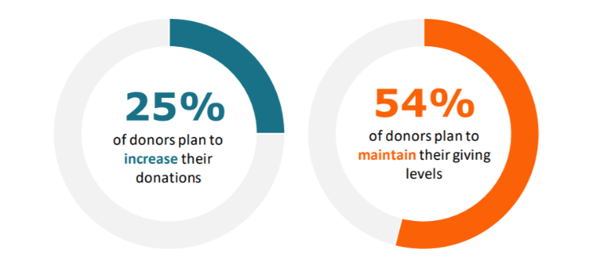
If many donors are staying the course, nonprofits must continue to push out acquisition campaigns and generate accelerated levels of revenue for the long haul.
To do this effectively, we must turn to data.
HOW CAN WE PREDICT THE FUTURE?
Data is a treasure that every nonprofit organization should hold onto right now. We can use it to predict the future and guide us down the pathway to our new normal.
Before getting started on this journey, we must do a few things:
Treat data as an asset: This requires discipline, data integrity, data governance and consistent business rules.
Evaluate the space: Who has the right analytic philosophy and mix of services that result in a growth mindset that drives long-term net revenue?
Evaluate the environment: What is your new normal or acceptable rate of return?
Once you’ve done these three things, you can begin to map your path for the future and prepare your organization to generate accelerated levels of revenue when the world returns to normal.
PATHWAY TO YOUR NEW NORMAL
The pathway to your new normal will be uncovered with data and analytics. There are many stops along the way, but I see this happening in four main points:
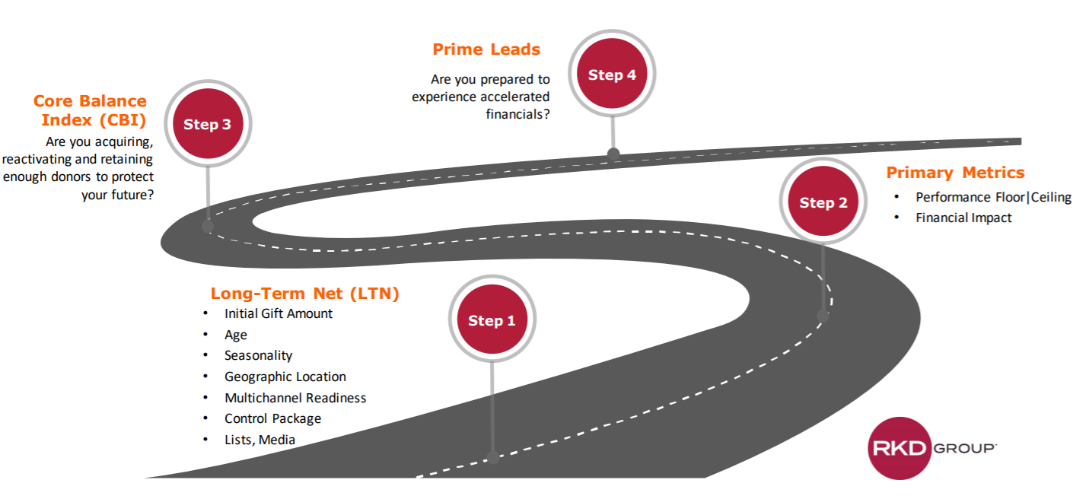
Step 1: Long-term Net
When you acquire a donor in direct mail, over the next few years how much net revenue will they generate? Your ask array alone can make the difference between generating viable levels of long-term net revenue or causing your organization to regress.
Step 2: Primary Metrics
Forget how all the other organizations are performing. While it’s nice to know, it’s much more important to understand your file’s capabilities.
What is your performance ceiling or floor for things like retention, average gift and frequency? What strategies can be executed to break the performance ceiling?
Once you know this, you can examine how it ties to the kind of donors you are acquiring.
Step 3: Core Balance Index
Who are your core donors? These are people who give for two or more consecutive years and have the potential to upgrade to mid-level, major and planned giving.
In direct mail, these donors can drive 40% of gross revenue and 60% of net if you adhere to steps 1 and 2. They’re also the donors who protect you during an economic downturn.
If you’re not considering this group of donors, you’re setting yourself up for failure in the future.
Step 4: Prime Leads
I’ve already mentioned mid-level, major and planned giving; they’re all connected.
If you don’t understand steps one through three, you’ll never truly unleash the power of acquisition in bringing in donors who have the potential for higher giving down the road.
USING THIS INFORMATION TO DRIVE STRATEGY
Once you have this information in your toolkit, you can use it to drive strategy for lists, offers, packages and creative.
Here is the balance of importance that impacts long-term success:
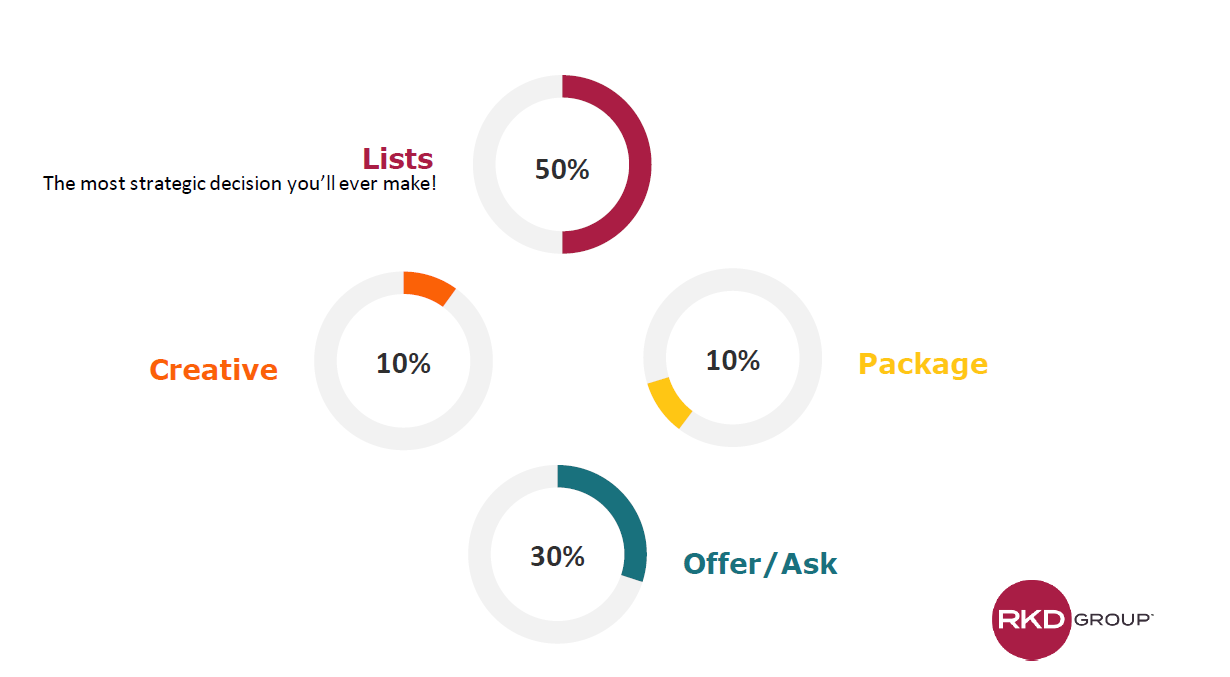
When starting this process, the most important component is lists.
No matter how great an offer or how strong the creative, if it’s sent to the wrong audience, you won’t get the results you’re looking for.
Once you’ve determined which lists drive your long-term net and hit the primary metrics you identified in Step 2 above, you can then place the right offers, packages and creative in front of your donors.
By using data to drive these four areas, you can set up your organization for long-term growth and a strong future. With this foundation in place, you can begin to optimize your acquisition program with the right lists and targeting.

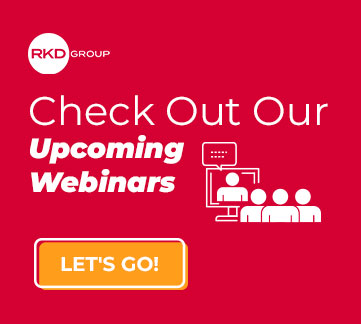
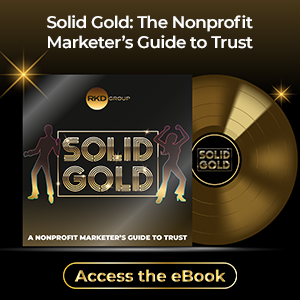


Leave a comment: